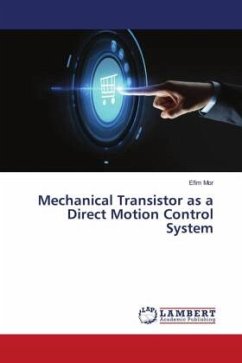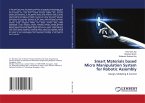A qualitatively new principle of motion transmission is presented in the book, where the power at the output (executive) organ of the machine significantly exceeds the input power while maintaining the input motion velocity. Here the reproduction of the initial kinematics is carried out directly, without a signal control system in this self-adjusting mechanism.Several amplification mechanisms have been developed and tested. Each includes only three functional elements - a control (input) link, a controlled (output) link and a servo motor as the energy source.The mechanical transistor action is not accompanied by the traditional phenomena of delay, jump and oscillation of the executive body.On the basis of the proposed follow-up system, a velocity variator with a practically unlimited control range was made. It, in particular, allows us to abolish the gearbox of a ground vehicle and control the speed with one pedal.The cable modification of the new reinforcement system is applicable in a variety of lifting devices, as well as in controlling the movement of machine units with an excessively high resistance "on the hook".
Bitte wählen Sie Ihr Anliegen aus.
Rechnungen
Retourenschein anfordern
Bestellstatus
Storno








